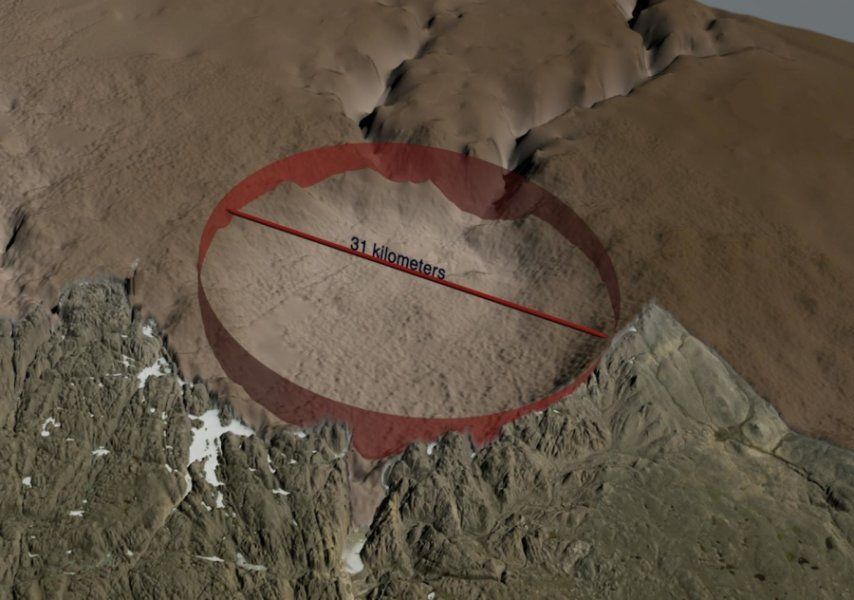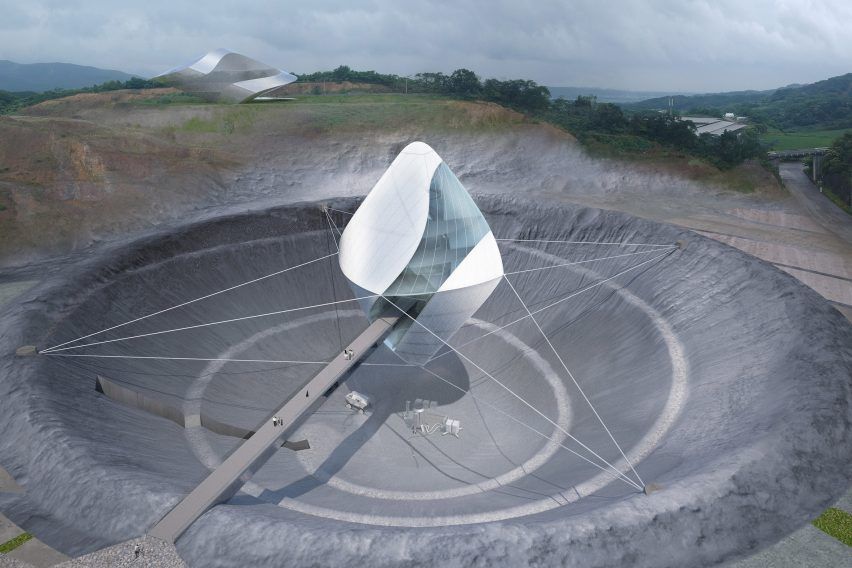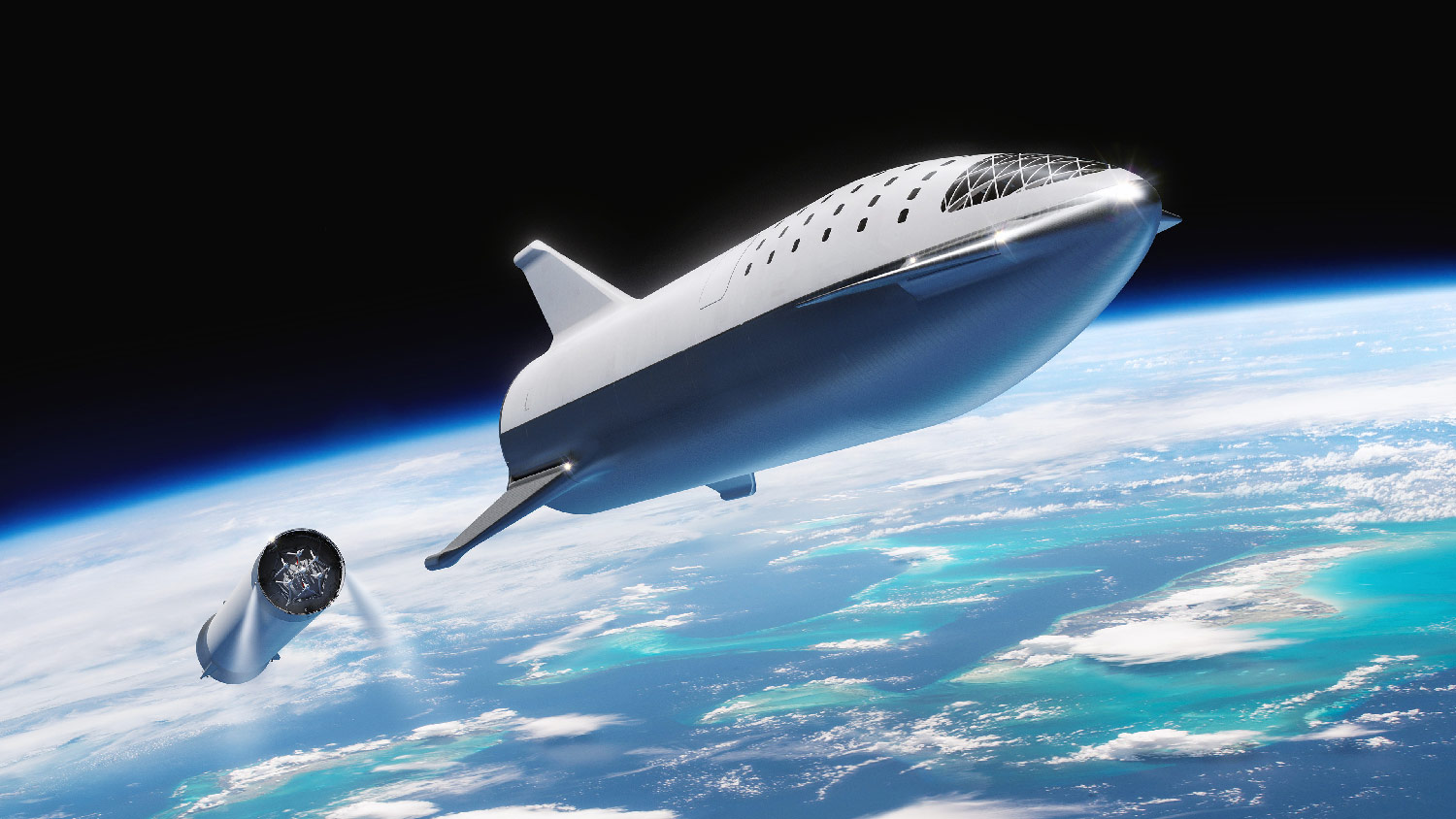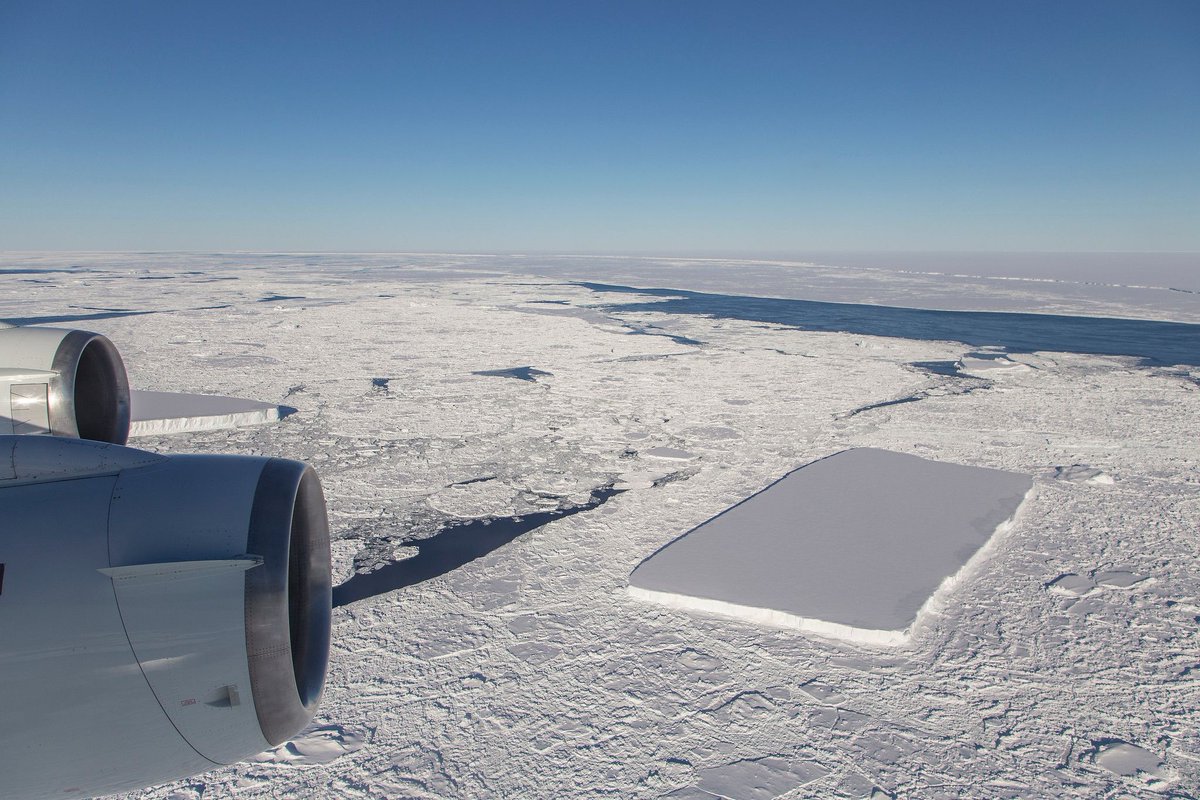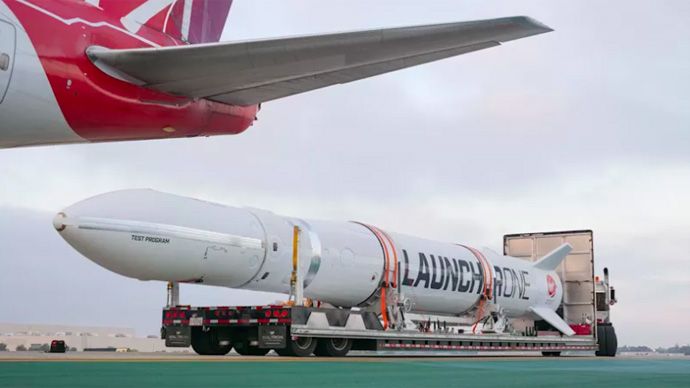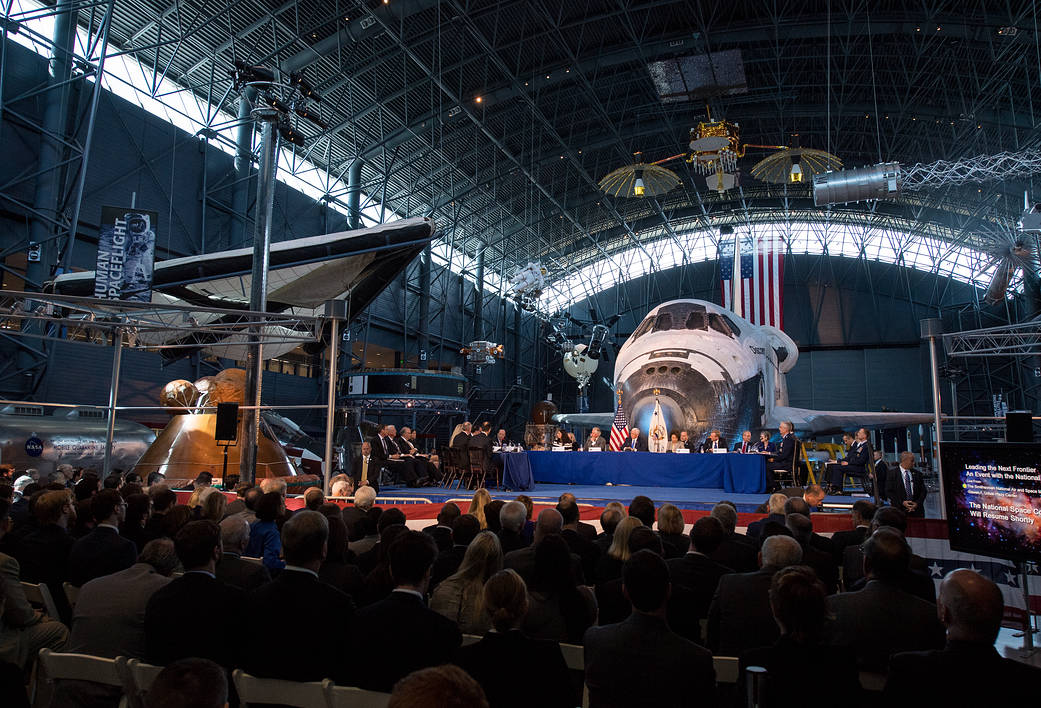On August 25th, 2012, the Voyager 1 spacecraft accomplished something no human-made object ever had before. After exploring the Uranus, Neptune, and the outer reaches of the Solar System, the spacecraft entered interstellar space. In so doing, it effectively became the most distant object from Earth and traveled further than anyone, or anything, in history.
Well, buckle up, because according to NASA mission scientists, the Voyager 2 spacecraft recently crossed the outer edge of the heliopause – the boundary between our Solar System and the interstellar medium – and has joined Voyager 1 in interstellar space. But unlike its sibling, the Voyager 2 spacecraft carries a working instrument that will provide the first-ever observations of the boundary that exists between the Solar System and interstellar space.
Continue reading “Finally! Voyager 2 is Now in Interstellar Space”


![This illustration shows the percentage of marine animals that went extinct during Earth's worst extinction at the end of the Permian era by latitude, from the model (black line) and from the fossil record (blue dots).A greater percentage of marine animals survived in the tropics than at the poles. The color of the water shows the temperature change, with red being most severe warming and yellow less warming. At the top is the supercontinent Pangaea, with massive volcanic eruptions emitting carbon dioxide. The images below the line represent some of the 96 percent of marine species that died during the event. [Includes fossil drawings by Ernst Haeckel/Wikimedia; Blue crab photo by Wendy Kaveney/Flickr; Atlantic cod photo by Hans-Petter Fjeld/Wikimedia; Chambered nautilus photo by John White/CalPhotos.]Justin Penn and Curtis Deutsch/University of Washington](https://www.universetoday.com/wp-content/uploads/2018/12/Penn_sumfig_final.jpg)
